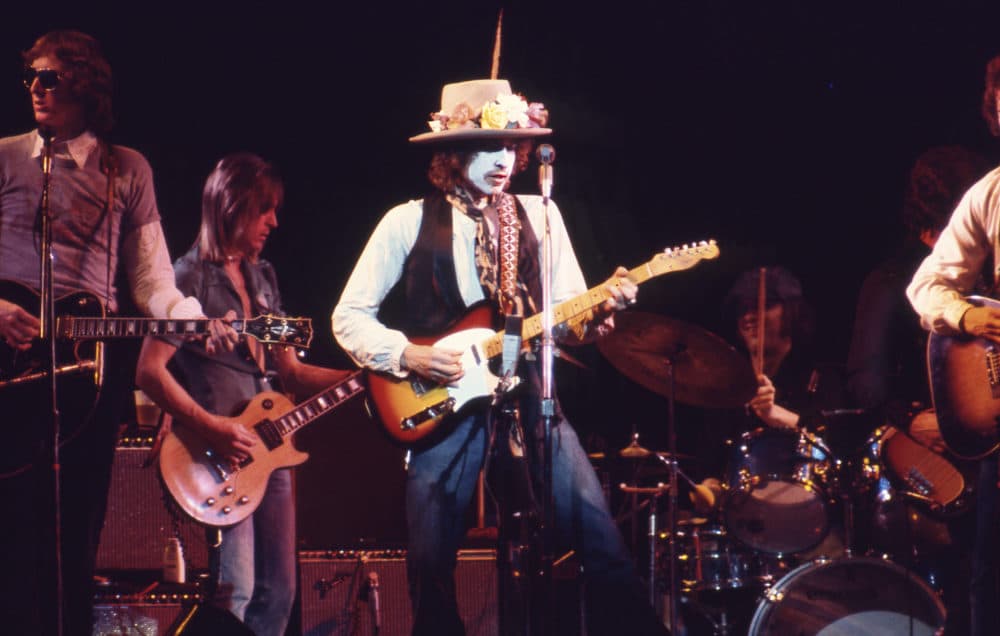Bob Dylan: When Poetry Picks Up a Guitar and Refuses to Be Quiet
What happens when poetry picks up a guitar and refuses to be quiet? In the case of Bob Dylan, the answer is nothing short of revolutionary. More than just a musician, Dylan is a literary force who transformed the very concept of songwriting, proving that words, rhythm, and melody can merge to challenge society, provoke thought, and inspire generations.
Born Robert Zimmerman in Duluth, Minnesota, Dylan emerged in the early 1960s folk scene as a young man with a guitar slung across his shoulder and a notebook full of questions about life, politics, and human experience. His early work, including iconic protest songs like “Blowin’ in the Wind” and “The Times They Are A-Changin’,” captured the mood of a generation hungry for change. The power of Dylan’s lyrics lay in their ability to speak to both the personal and the political, blending intimate storytelling with commentary on war, civil rights, and social justice. His songs became anthems of hope and defiance, sung in coffeehouses, college campuses, and eventually across the globe.

Yet Dylan’s genius did not stop at protest. Over decades, he expanded his craft to include surrealist imagery, layered metaphors, and existential reflection. Albums like Highway 61 Revisited and Blonde on Blonde saw him embracing electric rock, challenging purists while pushing the boundaries of what folk and rock could express. Lines like “The answer, my friend, is blowin’ in the wind” or “You don’t need a weatherman to know which way the wind blows” were not just clever turns of phrase—they were cultural touchstones, demonstrating that a song could carry the weight of literature and the immediacy of music simultaneously.
Dylan’s lyrical prowess eventually earned him the Nobel Prize in Literature in 2016, a recognition that confirmed what many had long suspected: his songs were more than entertainment—they were poetry. The accolade highlighted his ability to use words and music to explore the human condition, identity, and the social fabric of his time. Few artists in history have achieved the rare intersection of literary acclaim and musical innovation, and Dylan’s career is a testament to the power of refusing to be quiet in the face of societal, artistic, and personal constraints.

What makes Dylan’s work enduring is his relentless reinvention. From gospel albums like Slow Train Coming to introspective works such as Blood on the Tracks, he constantly challenged listeners to reconsider the relationship between sound and meaning. He could be tender, biting, surreal, prophetic, or confessional, sometimes all within the same album. His words are fluid, capable of inspiring devotion, contemplation, or even discomfort. To hear Dylan is to confront the tension between art and life, the personal and the universal, the ephemeral and the eternal.
Equally significant is the influence Dylan has had on generations of musicians, writers, and activists. Artists from Jimi Hendrix to Joan Baez, Bruce Springsteen to Taylor Swift, have cited Dylan as a foundational inspiration. He showed that music could be a platform for intellectual engagement, a way to provoke thought as much as emotion. In doing so, Dylan blurred the line between the concert hall, the poetry reading, and the public square, proving that a song could be both art and instrument of change.
Moreover, Dylan’s impact extends beyond his lyrics. His performances, often unpredictable and deeply personal, have redefined the live music experience. Fans attend not just to hear familiar songs but to witness how Dylan reshapes them each night, transforming verses and melodies into living, breathing entities. Each performance is an exploration, a dialogue with the audience, and a reaffirmation of his refusal to remain silent.

Dylan’s legacy is also one of courage. He has consistently used his platform to speak truth, challenge norms, and explore uncomfortable realities. In an era when commercial success often dictates artistic choices, Dylan’s career demonstrates that authenticity and intellectual curiosity can resonate more powerfully than conformity. His willingness to evolve, experiment, and even alienate segments of his audience underscores a central principle: the artist’s voice must remain honest, even if it refuses to be quiet.
In reflecting on Dylan’s contributions, it becomes clear that his work transcends conventional categories. He is simultaneously a poet, a musician, a philosopher, and a cultural commentator. His songs are texts to be read, stories to be felt, and anthems to be sung. Dylan’s art reminds us that music is not merely a background soundtrack but a tool for connection, reflection, and transformation.
From the folk clubs of Greenwich Village to stages around the world, from protest rallies to the Nobel Prize ceremony, Bob Dylan’s journey illustrates the power of words set to music. When poetry picks up a guitar, as Dylan has done, it refuses to remain silent. It challenges, inspires, and endures. Dylan’s voice—both literal and literary—continues to echo through decades, reminding us that when art speaks honestly and boldly, it can change the world.
In a life that spans more than six decades of songwriting, performance, and influence, Dylan has shown that silence is never a necessity when one holds both a pen and a guitar. His work stands as a testament to the enduring power of art that refuses to be quiet, and as long as his songs are sung, his poetry will continue to resonate, provoke, and inspire generations to come.
